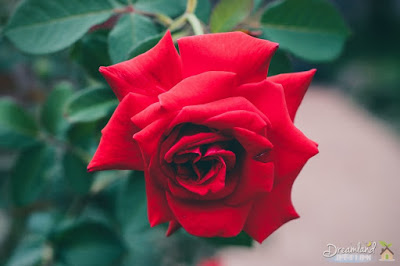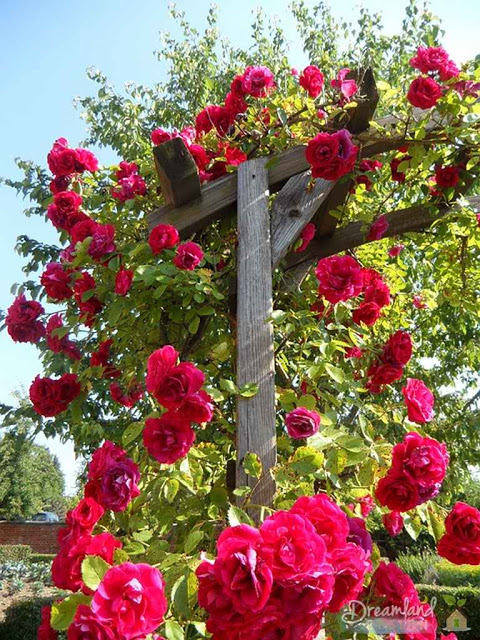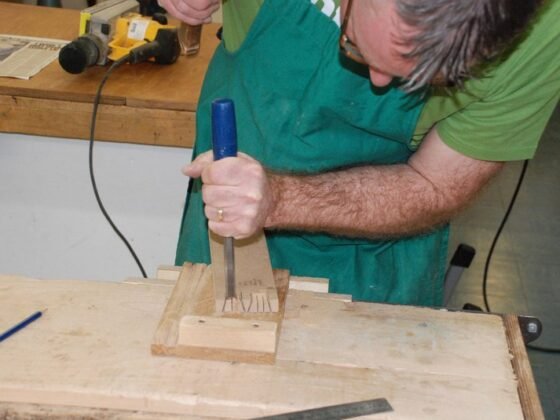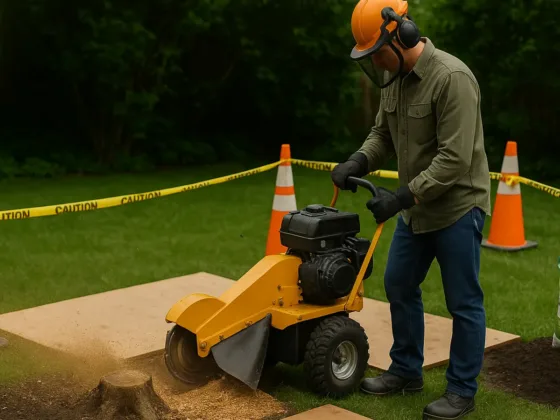 |
| Keeping Red Roses Red |
Roses Are Red, Violets Are Blue
Like the old poem goes, “roses are red.” Are your red roses as red as you would like them to be? Are they the deep red they are intended to be, like the day you bought them? If not, your plants could be lacking in nutrients.
Several factors determine the color in your roses. However, if your roses are not getting enough nutrients, they will dull in color over time.
Rose are red and violets are blue due to pigments in the plant. The rose plant has a genetic makeup, like a human being does, that determines the color, hardiness and shape of the plant. We all know chlorophyll as the most common of these pigments, which gives us the deep green of the leaves.
Pigments called “anthocyanin” are the reason why your roses are red and your violets are blue. This pigmentation is found in the class of chemicals, which are known as “flavonoids”. The pigmentation is a lot like our chemical or genetic makeup and will help determine what the plant will appear to be when it is grown.
The red in your roses can fade over a period of time from old age, lack of water, lack of nutrition, and stress. If you move a hydrangea, or flowering plant to a new location, it is put under stress. The stress it endures can change the way the flowers are colored, at least for a while.
One of the more common problems among rose bushes is the fact that the bush merely needs more nutrients or water. Keeping roses watered, in well-drained soil, and fed with the proper food, will maintain the rose’s health and nutritional needs. Plants given nutritional supplements are healthier, well balanced and boast bright colors. Plant food used to make roses more red come in a variety of brands, types and formulas. The choice now is to decide if you wish to go the organic or chemical route.
Feeding Roses With Chemical Based Fertilizers
Giving your roses the proper nutritional balance is imperative, whether choosing the organic or chemical based plan. Some gardeners tend to want to use the chemical fertilizers, claiming they work better. If this is the case, there are many options in choosing the correct one for your plants.
Choosing a fertilizer that is labeled “NPK” is the proper choice for rose gardeners. The NPK stands for the nitrogen, phosphorous, and potassium mixture in the fertilizer. The ingredients need to be well balanced, however, to produce a bush that will bloom more than having mostly leaf growth is the top priority. This is obtained by the correct ratio of all three ingredients. The ratio should be 1:2:1.
If the fertilizer is given too often or is too strong, it can kill your rose bush. Do not over feed! Follow the recommended amount listed on the bag or box. Use potting soil that is acidic when first planting the rose bush to enhance the healthy start the plant needs to get the beautiful roses you are hoping for when the bush gets larger.
Apply the fertilizer when the plant first starts shooting new leaves out in spring. Breaking up the soil about one foot in diameter out from the base of the rose bush and sprinkling the fertilizer into the dirt is a good way to ensure the plant gets the nutrients provided in the product. Use a small garden rake or fork to work it completely into the soil.
Once the fertilizer is applied, water your roses. The water will carry the nutrients deep into the soil, to the plant’s roots where it works systemically to feed the whole plant.
Stop fertilizing the plant when weather begins to change and colder weather is apparent. The growth of the rose bush slows down at this stage and doesn’t need the extra nutrients before it becomes “dormant.” When the following spring begins and new leaves appear, begin your feeding regimen again. Feed your roses as often as is recommended on the packaging of the fertilizer.
 |
| Red Roses |
Fertilizing Roses the Organic Way
Organic fertilizers take away the chemicals that can flow into our rivers and streams via your drainage vent. Chemicals also get into the soil and leave that area filled with toxins for many years to come. The area will also remain unsafe for children, pets and the wildlife that may enter your garden or eat insects that are in the area.
Maintaining your rose bushes with organic fertilizers is just as simple as purchasing the chemically based products. The best plant food to make roses more red is seen through the use of manure. Steer manure tea is one of the oldest, most basic ways to feed your plants.
When planting your rose bushes, apply a few shovel loads of steer manure to the soil. This procedure gives the rose a great, healthy start. Keeping the roses healthy is the best way to combat insects or diseases that can attack the leaves, stems and flowers on your rose bush. It’s the same as the immune system in a human being – keep it healthy and it can fight back as nature intended.
Creating a fertilizer to continue feeding your roses is as simple as adding water to a can. Purchase a plastic garbage can to use for your “tea”. Poke several holes into a bag of steer manure with a screwdriver or knife. Place the bag into the garbage can. Fill the can with water and place the lid on top. The manure will steep in the sun, providing a nutritional food for your roses.
Once a week, fill a watering can or coffee can full of the tea. Pour it around the base of your rose bushes, flowers or vegetable plants. When used once a week, you won’t have to be concerned about over feeding your plant with the natural manure method. Manure will not burn or scorch your plants in any way and have been known to produce huge vegetables, flowers and leaves. Roses tend to stay redder over the years and seem to ward off diseases better than without its use.
The tea can be stored through the summer with the lid on the can. The steer manure tea is virtually odorless as well. Wash your hands thoroughly after use, as it is manure. When the tea level is low in the garbage can, simply fill it with more water. As the season passes, the tea can be used until the water is fairly clear. If the water turns clear before the season is over, poke holes in a new bag and sink it to the bottom of the garbage can.
Steer manure is one of the better organic ways to feed your plants and roses love the nutrients it provides. It is also one of the more cost effective fertilizers, as it is rather cheap in cost.
There are many other types of completely organic fertilizers on the market. Choose the one that is best for you and that helps maintain the colors of your red roses. Any organic fertilizer is one that will work, however the steer manure method is one that has been around for years and is proven to work. In terms of price, the tea is a cost effective way to keep those roses red and those violets blue!










